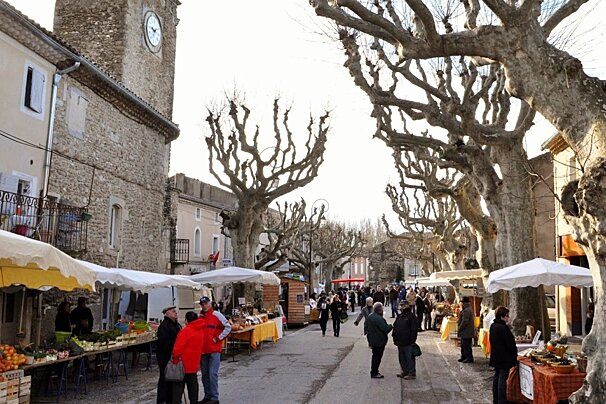
Richerenches Truffle Market
Head to the Avenue de la Rabasse in Richerenches for the famous Saturday truffle markets, which take place from November to March every year.

© SeeProvence.com/

© SeeProvence.com/

© SeeProvence.com/

© salernes.com

© SeeProvence.com/

© SeeProvence.com/
Small village famous for its pottery and ceramics
Salernes has a wonderful position in a fertile valley, where the hills are covered with pine trees, leafy oaks and olive groves.
At firsty glance, Salernes doesn't seem to have much to offer the casual visitor, but it's actually rather famous for its pottery and ceramics.
The market is held on Wednesdays and Sundays in the long and shady main square and is a bustling affair where you can buy local produce and the town's famous ceramics. The square is also a good place to grab a drink and enjoy the sights of local life in this traditional Provençal town.

Head to the Avenue de la Rabasse in Richerenches for the famous Saturday truffle markets, which take place from November to March every year.
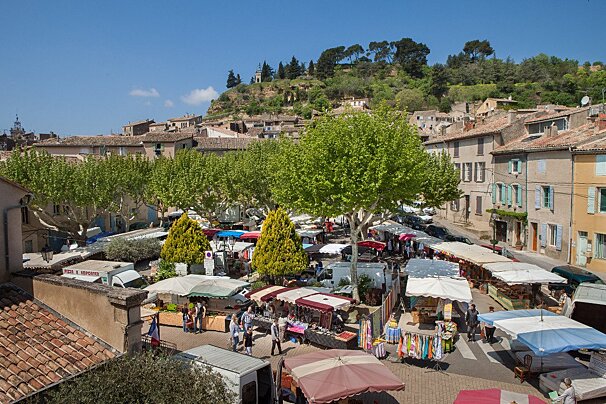
Read our Provence markets page to find out which market to visit when in Provence. From the vibrant array of local produce to the delightful scent of freshly baked delicacies, visiting a Provencal market is an absolute must for anyone exploring the charms of Provence.

The Fête de la Musique is a celebration that takes place every summer solstice on 21 June in cities, towns and villages across France.

Bastille Day is celebrated across the whole of France with a bang...well, several in fact, fireworks always feature heavily.

Exceptional locations around France, including Provence, will be open to visit on the Journées du Patrimoine - a European wide event inspired by by France’s Journées Portes Ouvertes which started in 1984.
Local clays have been utilised in pottery since 5BC, where pots were made for cooking and food storage. The tradition continued through the Middle Ages and only stepped up a gear in the 18th century when production became more commercial.
Thanks to its wealth of natural resources (iron-rich clay, water and wood for fuel), Salernes was able to manufacture big volumes of the renowned red hexagonal 'Tomette' floor tiles and the industry continued to grow until the mid 20th century, when competition from abroad really kicked in.
Today, there are around a dozen manufacturers, with many more ceramic workshops throughout the village and surrounding area. For more on the history and production of pottery in Salernes, visit the ceramic museum - Museum Terra Rossa which is located just on the outskirts of Salernes.
Salernes has some charming streets and fountains, and there are ruins of a 13th century castle overlooking the town (go to the top of the hill and then double-back on yourself, duck under a barrier onto a farm track that will take you to the ruins).
The castle burned down in the 17th century and was never restored. The remaining ruins are now rather neglected and are surrounded by wild grasses, but you do get great views of the town and surrounding countryside.
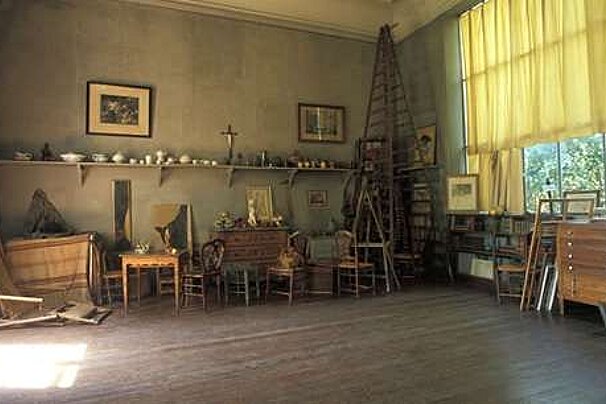
Cezannes studio was created in Aix-en-Provence in 1902 and this is where he worked until he died in 1906.

The Muséum d'Aix was founded in 1838 by Henri Coquand, geologist ; it is one of the oldest in Provence.

The Musee des Tapisseries houses a rich collection of 17th and 18th Century tapestries, including a collection called 'Grotesques' - theatrical taspestrie made in Beauvais cir. 1689, and also 'L'histoire de Don Quichotte' of 1735 unique in the world.
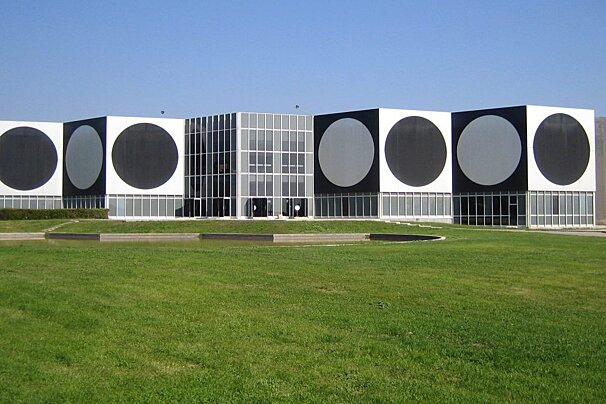
Hungarian artist Victor Vasarely established this foundation in 1966 with the aim of promoting 'art for all' where art blends beautifully with architecture in the 'city of tomorrow'.
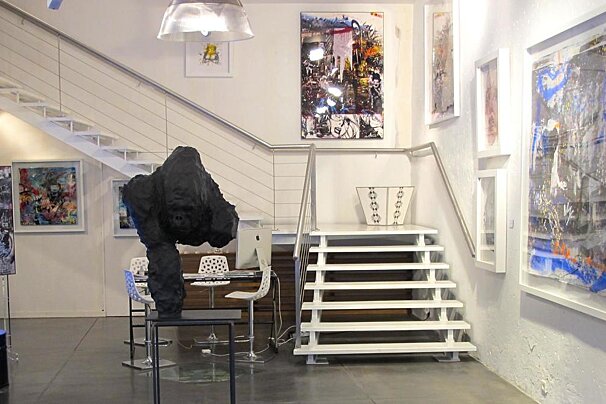
A small gallery with a good collection of contemporary and modern art.

At the beginning of World War II, France interned all Austrian and German nationals who were living in France at the time, and Les Milles was the prison for the south eastern region.

This elegant restaurant is a must-visit for any lovers of modern cuisine and cooking methods. They embrace local produce and evolve their dishes according to the seasons.

Open daily, the Clos du Comptoir offers a sophisticated atmosphere for lunch and dinner in the same setting.

A quiet atmosphere, beautiful grounds and wonderful flavours can be found at Villa Gallici Restaurant. Part of the 5 star Villa Gallici hotel you can indulge in lunch or dinner at this top quality restaurant.

Located inside the luxury Chateau de la Gaude, this Michelin-starred restaurant serves the elaborate cuisine of chef Matthieu Dupuis-Baumal.

Nestled in the narrow streets of the old town in Aix. This traditional French restaurant offers simple but ambitious cuisine made using fresh local produce.

La Mado is a brasserie style eaterie that is open all day for breakfast, lunch & dinner.

The Mistral is Aix-en-Provence's answer to those looking for a trendy night out listening to the latest DJ's.
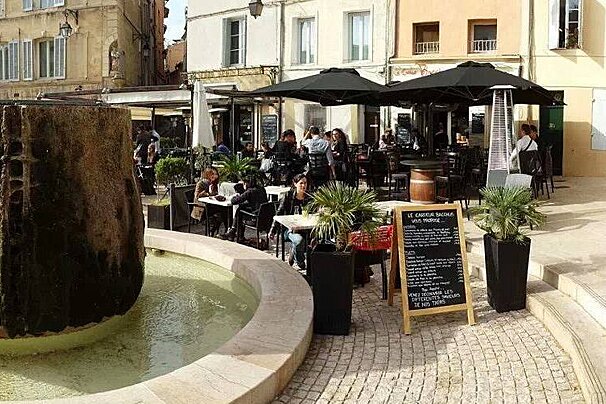
This small bar has a nice seating area outside next to one of Aix's many fountains and it catches the sun late into the evening.

The Scat Club plays live music every night, and not just jazz the club plays pop, rock, funk and R'n'B.
You can follow a marked tourist walking tour that takes you around the main points of interest. The Romanesque church, Saint Pierre, dates back to the 13th century and features a 17th century campanile.
There are many artisan ('atelier' is artist's studio in French) shops specialising in ceramics where you can browse for unique pieces. The Museum Terra Rossa which is just on the outskirts of town will teach you about the history of pottery in the local area, and there is a large showroom/shop here too.
To the north of Salernes off the road to Villecroze is a park and picnic area along the banks of the river Vallon de la Brague. The area is known as Saint Barthelemy, and is a popular place for locals and visitors alike. As well as some gentle splashing in the river, there are caves that run alongside the river which are fun to explore. You can also walk here from Salernes - the trail starts by the football field in the north east of Salernes and is around 3km. The trail continues on to Aups if you're looking for a longer hike.

Set in the beautiful wooded countryside, this 18-hole golf course was designed by American architect Ronald Fream. The club incorporates the David Leadbetter Academy that offers lessons to suit players of all levels.

The Golf de la Cabre d'Or is only 20 minutes away from Aix-en-Provence et Marseille. This is a fairly new golf course which opened only in 2008.
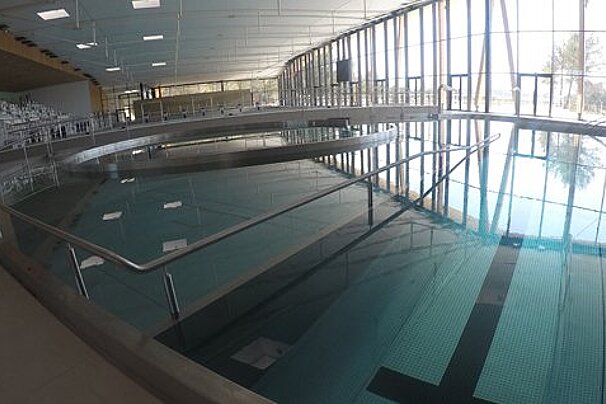
This leisure centre has two indoor pools, a 50 metre outdoor heated swimming pool, with terraces and beaches, and water sports.There is also a weights room and dance studio.

Open to all, this small golf club offers a clubhouse, restaurant, driving range, putting green and 6 holes. It is home to an academy that offers lessons at all levels.

Tour Designer in Provence provide tailor made tours of the best of Provence with day trips and walking tours on offer.
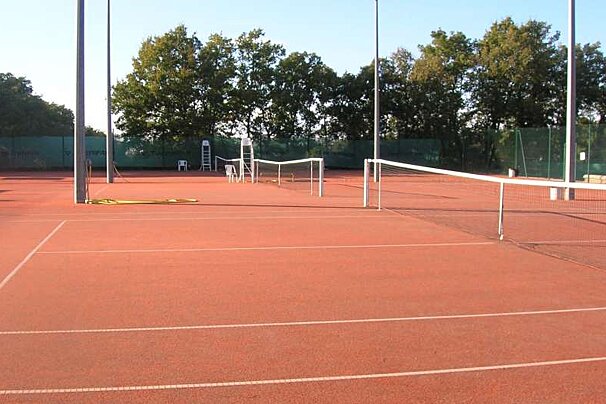
Plenty of clay tennis courts are available at the Aix Country Club. It provide lessons and coaching, and there is a pro shop too. Other facilities include a pool and a gym.

This half-day circuit takes you away from the bustle of the city and into the countryside, passing some historical landmarks along the way.

Following the Calavon river, this 28km long path was previously a railway track and is a great way to explore the hilltop villages around the area.

This ride is bursting with colour and vibrant views; starting off in the pretty little village of Roussillon it passes through the vivid landscape of the Ochre region, an area characterised by its deep red soil and golden wheat fields.

This delightful ride takes you through some of the most beautiful scenery in the area; vast Sault highlands, fields of lavender and golden crops. Along the way you can admire the magnificent views of Mont Ventoux and Montagne de Lure Mountain. You’ll pass through four charming old villages; each one crammed with ancient churches, crooked alleyways, splashing fountains and quaint little squares.

Second only to the Gorges du Verdon, the Gorge de la Nesque is one of the most visited and cycled parts of Provence. A stunning hydro geological site with fantastic cliffs, overhanging rock and a long winding river deep in the valley.

This fun 20km circuits takes in three short climbs on a scenic route that takes in some of the famous “Perched Villages” of Provence.
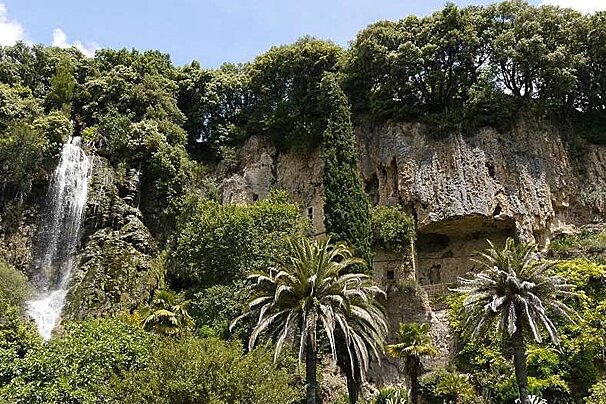
An interesting site not to be missed whilst in Provence. The wonderful views of the Villecroze caves and impressive scenery will take your breath away.
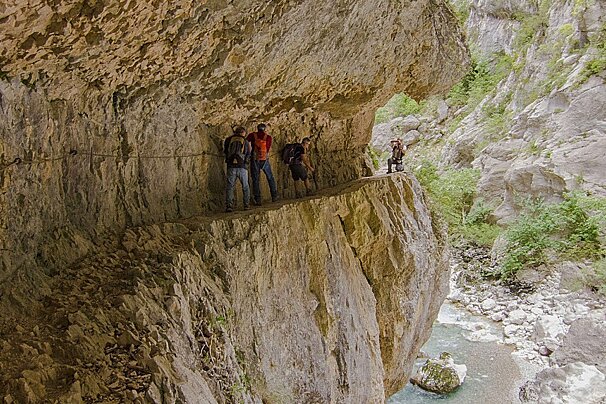
Regarded as one of the more difficult trails of the Verdon region, the l'Imbut trail is perfectly manageable for the competent hiker with the use of the fixed cables and ladders.


A 5-7 day walk leaving near the coast and making its way up the Verdon Gorge through the heart of the Verdon natural park.
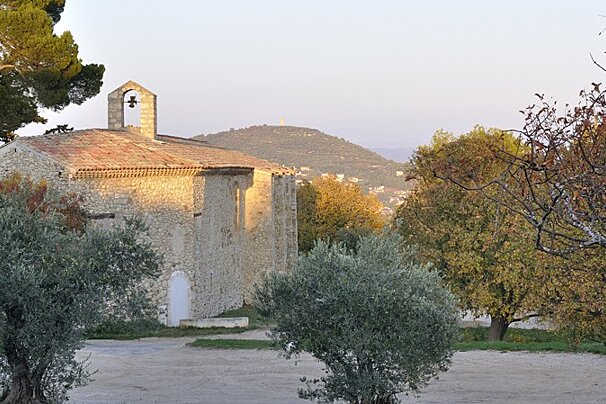
An great easy walk for the days after rain fall to avoid the mud. Passing by the Chapel Toutes Aures, nestled in an olive grove.

Regarded as a 'classic' walk and from the summit cross you are rewarded with 360 degree views of the Luberon, Mount Ventoux, the Alps and Cap Canaille.
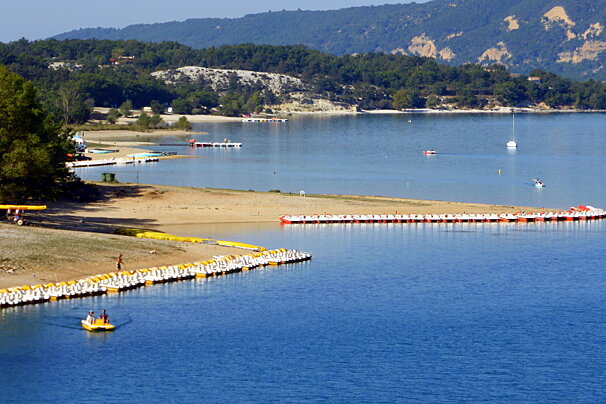
A really fabulous lake with excellent leisure facilities and watersports.

Explore the beautiful Gorges du Verdon by paddling down the river in canoes or kayaks. A fun activity for everyone to explore the beautiful Gorges du Verdon and paddle on the beautiful blue water.

The vastness and richness of this protected site offers an extraordinary dimension to sports such as rock-climbing and canyoning.

A team of state qualified guides sharing their enthusiasm for great outdoor activities with you.

Cable park on Lake Rabinon (5 hectares) where you can water ski, knee board, and wake board.

Range of water sports and outdoor activities proposed by a professional guiding company.

Wonderful holiday rental farmhouse in Bonnieux, in the Luberon’s golden triangle, with swimming pool and a lovely, unobstructed view of the countryside.

Superb 5 star rated property located in Bonnieux with swimming pool

A magnificent "Mas" in Bonnieux to rent in the Luberon, with a large landscaped garden for a dream holiday between Bonnieux and Lacoste.

Beautiful holiday home for rent in Provence, in Lourmarin, with garden and swimming pool.
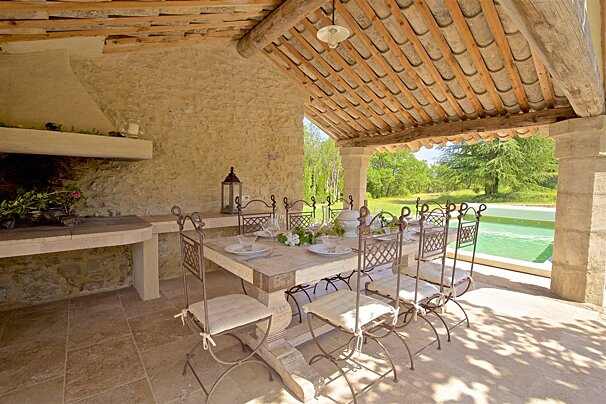
House for rent in Luberon - Le Mas entre Monts et Merveilles. The perfect holiday location in Provence!

Architect-designed villa for holiday rental, with swimming pool, in the heart of the Luberon with an elevated position in the village of Cadenet.

Come and discover this house with large swimming pool, near Bonnieux, for a holiday in the heart of nature.

Villa rental in the Luberon - La Badassière

A few minutes walk from the charming village of Bonnieux, on the heights towards Lourmarin, this charming stone house, freshly renovated by architects, is for rent for your holidays.

18th century stone farmhouse on a landscaped park of approximately 1 hectare with panoramic views of the Luberon.

House for rent in Provence with swimming pool, terrace and garden.

Superb 5 star rated property located in Bonnieux with swimming pool

Under the light Cézanne once knew, the Villa Gallici Hotel is an 18th century Provençal house and a member of Relais et Châteaux portfolio.

The five star Pigonnet hotel in Aix is an 18th-century mansion surrounded with stunning floral gardens, situated just outside the centre of Aix-en-Provence.

Built in 2013 this modern, contemporary five star hotel in Provence combines art work in contemporary spaces, filled with uber stylish furniture and fittings.
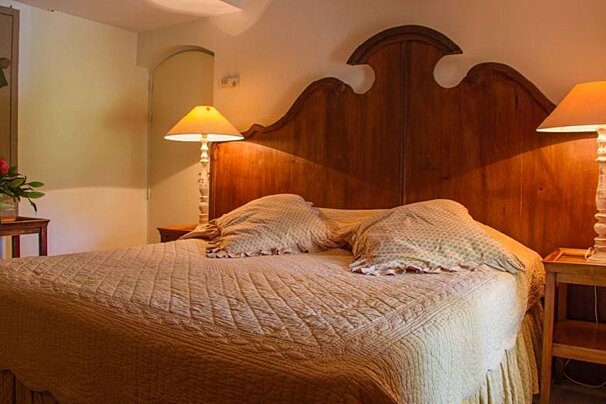
Located in one of the most beautiful villages in France, this former oil mill welcomes its guests in an enchanting setting surrounded by lime trees.

This hotel is a beautiful renovated house located on a quiet street, and walking distance to all the hustle and bustle of Aix.

Located in the suburbs of Aix, the Escale Oceania hotel is a short drive away from the city centre. Offering 90 comfortable rooms, lounge bar, restaurant and fitness area with pool.

All taxi services 24/7 within a 60 mile radius.

Helitec caters for all your helicopter needs from passenger transport to aerial photography, filming, transport of heavy goods, leisure flights over Provence and the South of France. A great way to see the most beautiful spots from the air.

49 air-conditioned vehicles at your disposal for local transport, airport and rail station transfers, and touristic excursions.

Events-Cars offer luxury taxi and transfer services across the South of France. They also cater for special events.

Chabe Transfers are a well known luxury transfer and taxi service operating in the South of France.

Created in 1976 this company has grown and has now transported well over 100,000 passengers. They have a fleet of 12 craft to meet client demands.
Find out all about what is happening in Provence and how to make the most of your time here. The latest news, reviews of fun activities, current events and the trendiest restaurants, as well as interviews with leading locals, insider's guides and our top choices for things to do, see and experience in this picturesque French region.
See allLatest News & ReviewsProvence has a busy calendar of events all year round featuring art exhibitions, charming markets, cultural festivals and concerts. Spring and autumn are the time to celebrate local produce while during the peak holiday times, in the summer months, you will find world-renowned music and cultural events like the Choregies d'Orange or the Avignon Festival.
See allUpcoming Events